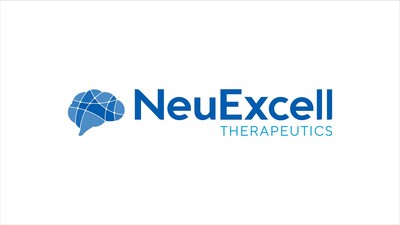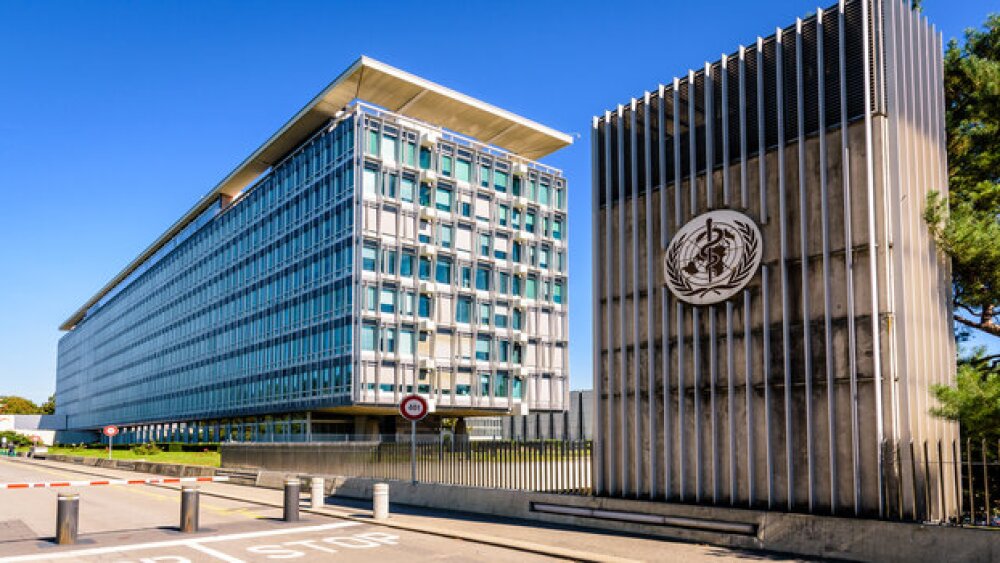NeuExcell Therapeutics announced the publication of a groundbreaking manuscript in the international journal, “Developmental Neurobiology.” NeuExcell Therapeutics’ scientific founder, Professor Gong Chen, along with his research team at Jinan University in Guangzhou, China published a manuscript decoding the molecular mechanisms underlying NeuroD1-induced astrocyte-to-neuron conversion.
KING OF PRUSSIA, Pa., June 1, 2022 /PRNewswire/ -- NeuExcell Therapeutics, a preclinical gene therapy company focusing on improving the lives of patients suffering from neurodegenerative diseases, today announced the publication of a groundbreaking manuscript in the international journal, “Developmental Neurobiology.” NeuExcell Therapeutics’ scientific founder, Professor Gong Chen, along with his research team at Jinan University in Guangzhou, China published a manuscript decoding the molecular mechanisms underlying NeuroD1-induced astrocyte-to-neuron conversion. The mechanisms were determined using transcriptomic analyses which uncovered critical signaling pathways and illuminated the NeuroD1-mediated gene network during the conversion of cultured human astrocytes to neurons. This work provides further support for future clinical applications of astrocyte-to-neuron (AtN) conversion.
In recent years, AtN conversion has been achieved both in vitro and in vivo by many research teams around the world, including Prof. Chen’s group at Jinan University and the company he founded, NeuExcell Therapeutics. To understand the molecular mechanism of NeuroD1-induced AtN conversion, Chen’s group used retrovirus to express neural transcription factor NeuroD1 in cultured human astrocytes and collected cells for transcriptome analysis at different time points after viral transduction. The team discovered that after overexpressing NeuroD1 in astrocytes for 24 hours, NeuroD1 activated many downstream transcription factors as well as other target genes, fully converting the transcriptome from an astrocytic profile to a neuronal profile within two weeks.
Dr. Ningxin Ma, the first author of the paper, describes the conversion, “NeuroD1 expressed rapidly in astrocytes, with a hundred-fold increase as early as the first day after viral transduction. . Other NeuroD and bHLH family members involved in neural development were also elevated, suggesting that exogenous NeuroD1 can activate the expression of endogenous transcription factors in astrocytes and initiate a cascade of conversion events.” Along with the activation of neural transcription factors and a series of genes related to neural development, glial genes were gradually turned off along with the conversion process. Subsequently, by analyzing the up-regulated and down-regulated genes during the process of AtN conversion, Chen’s group pieced together an interaction network of the critical genes induced by NeuroD1. Their research also showed that NeuroD1 concurrently regulated several important signaling pathways including the Wnt/IGF/MAPK/Hedgehog pathway to successfully achieve conversion
This study is the first transcriptome analysis of NeuroD1-induced astrocyte-to-neuron conversion, providing critical mechanistic understanding on NeuroD1-mediated conversion of astroglial cells.
This work was supported by the Endowment Fund of Mr. Charles H. Smith and the start-up fund from Jinan University.
![]() View original content to download multimedia:https://www.prnewswire.com/news-releases/neuexcell-therapeutics-founder-publishes-key-findings-elucidating-the-mechanisms-of-neurod1-induced-astrocyte-to-neuron-atn-conversion-301558255.html
View original content to download multimedia:https://www.prnewswire.com/news-releases/neuexcell-therapeutics-founder-publishes-key-findings-elucidating-the-mechanisms-of-neurod1-induced-astrocyte-to-neuron-atn-conversion-301558255.html
SOURCE NeuExcell Therapeutics





